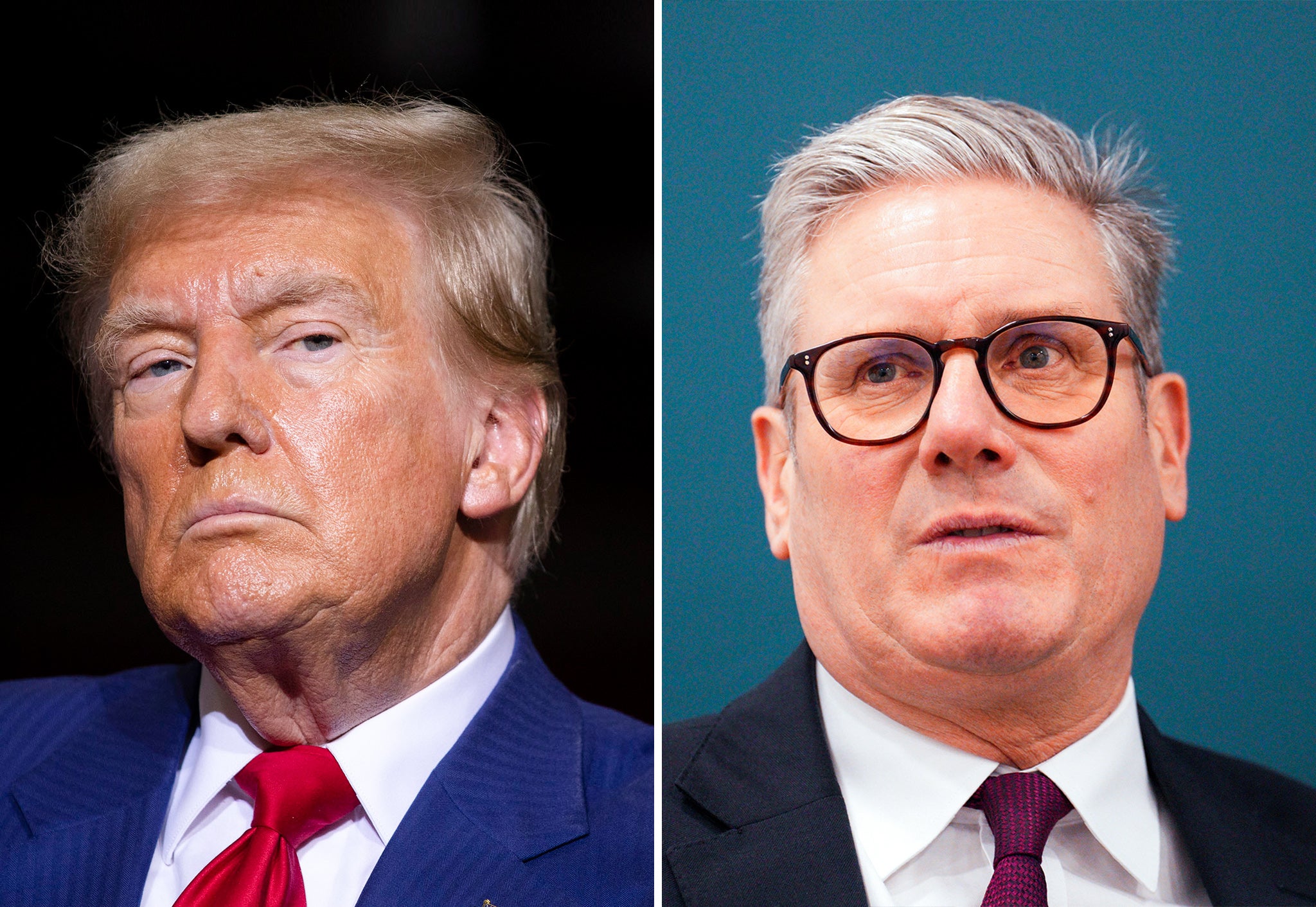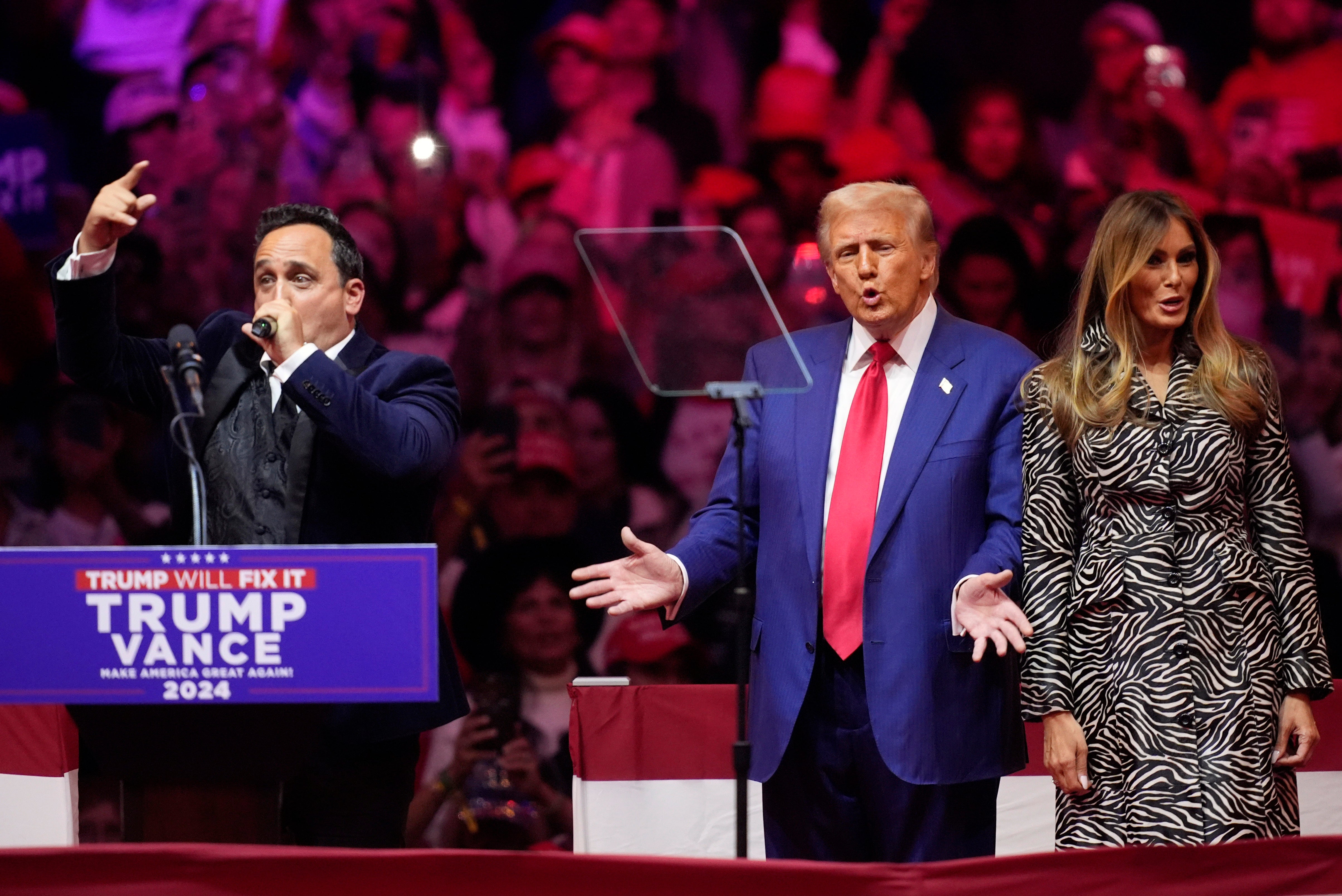I covered the UK and US elections in 2024 - here are 3 key similarities every voter should know
Share:
At first glance, the US and UK elections may seem worlds apart, but in looking back on the campaigns and results, The Independent’s data correspondent Alicja Hagopian discovers some key similarities. It’s been well publicised that 2024 was a big year for elections, with billions of people in at least 60 countries going to the polls.
![[Trump was the host of the US version of business reality show The Apprentice (2004)]](https://static.independent.co.uk/2024/06/07/19/TRUMP-APRENDIZ_45726.jpg)
The year started with votes in the world’s largest country, India, and is ending in the wake of an annulled election in Romania over accusations of Russian interference. As a data correspondent, I spent most of this year covering what were arguably the two most influential polls: the UK general election in July, and the US presidential election in November.
![[Donald Trump appeared on several podcasts popular with young men on the campaign trail, including Impaulsive with Logan Paul in July.]](https://static.independent.co.uk/2024/06/13/09/Screenshot%202024-06-13%209.09.47%20AM.png)
From an outside glance, the two electoral events had little in common; not least because Sir Keir Starmer and President-elect Donald Trump are far apart in most aspects of their character. In the UK, Labour won by a landslide; a majority of 156 seats, and a 10 per cent majority in national vote share. In the US, Trump dominated the electoral college, but in the end won just a 1.6 per cent national majority over Kamala Harris.
![[Reform has surpassed 100,000 members and snatched up former Conservative MPs in its ranks in mere months.]](https://static.independent.co.uk/2024/12/27/15/SEI231220699.jpg)
Indeed, these elections shared some key similarities which may point to trends in the future of global politics, particularly in the digital age. Before comparing the common characteristics of the UK and US elections, we must acknowledge that the choice of leaders is what largely sets them apart.
![[Former US President and Republican presidential candidate Donald Trump prays during a roundtable discussion with Latino community leaders at Trump National Doral Miami resort in Miami, Florida, on October 22, 2024]](https://static.independent.co.uk/2024/10/22/18/SEI226660956.jpg)
The picture across the pond is almost a total opposite. Trump was elected to a second term - a right-wing candidate who is credited with pushing Republicans further right, and whose actions over the years can be described as many things but not boring.
![[A volunteer asks voters to cast an uncommitted ballot in Dearborn, Michigan, over President Biden’s backing of Israel. February 2024]](https://static.independent.co.uk/2024/02/27/16/2035798492.jpg)






















